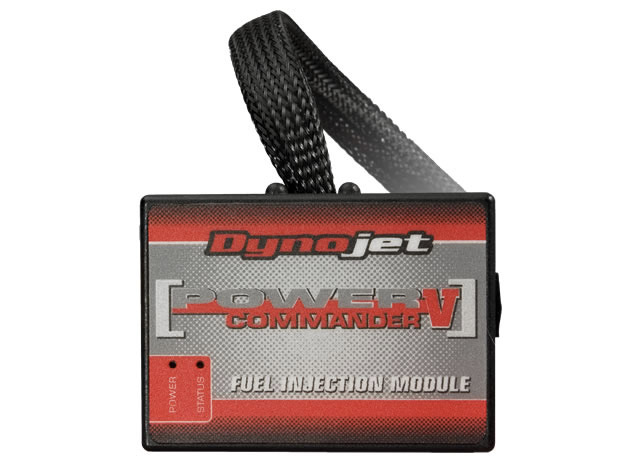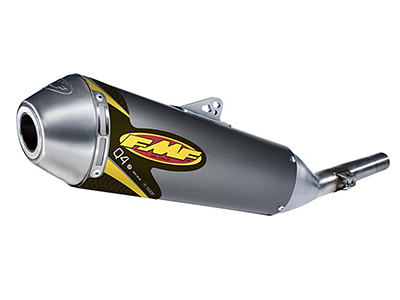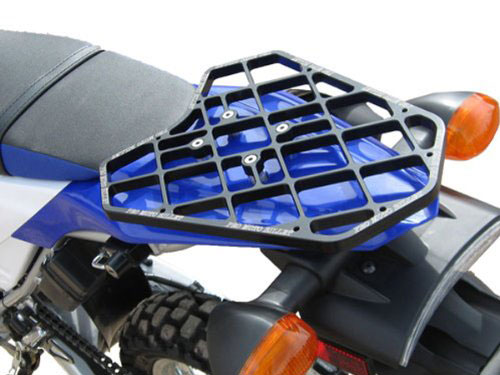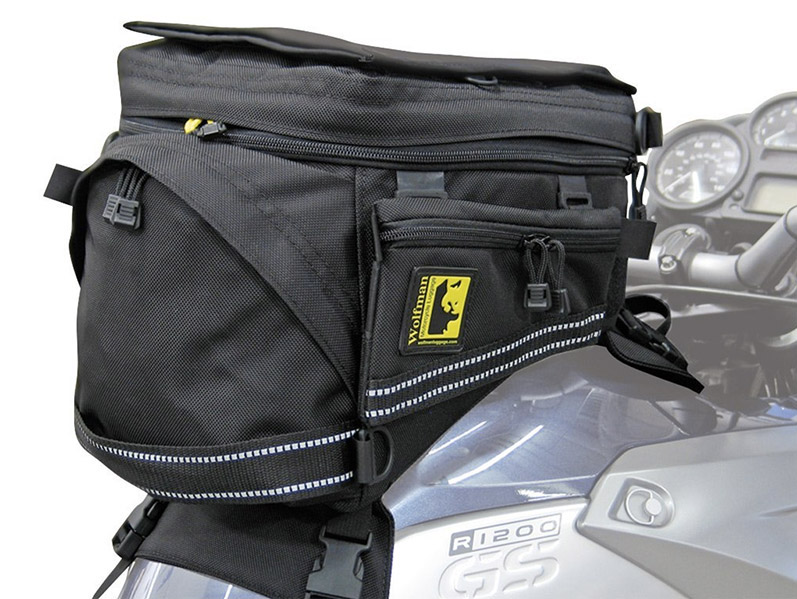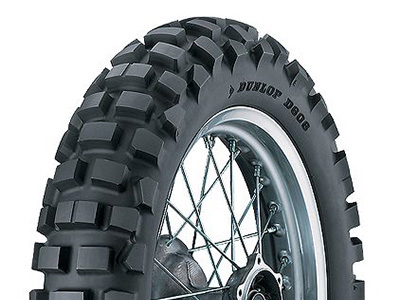Suspension Adjustment Guide
This is rough guide on adjusting the suspension of the WR250R. Everything here translates to the WR250X, except for noted items.
Preload Adjustment & Race Sag
Preload is how much you’re compressing the spring from it’s normal length with nothing on it. You want to set preload to get the correct amount of race sag.
Race sag is the difference in bike height from a bike on a stand with a fully dropped suspension and a bike with the rider on it. You want to aim for 3-4” of race sag on this bike. This gets your suspension near the center of its amount of travel (stroke). This allows the suspension to go up or down while you’re riding with ease.
- Put your bike on the stand and measure the distance between the rear axle and the helmet lock or some point on the rear fender. Write that number down.
- With a friend’s help, gently sit on the bike in your normal gear. Make sure both feet and both hands are on the bike with your full weight taxing the suspension. Have your buddy measure the same distance between the rear axle and the helmet lock or fender point.
- Now do the same after shuffling around a bit. Push the bike down and let it rise back up. Take another measurement or two and average them out.
- Take the difference of the first and averaged second measurement. That is the amount of race sag you have. Adjust your preload rings to get that within 3-4”. It all depends on how much you weigh and what spring rates you’re using.
Adjusting Preload Rings
- To adjust the preload rings on the top of the rear shock assembly you’ll want a long flat head screw driver and a rubber mallet (hammer will work too, but be gentle)
- From the exhaust side of the bike, slip the flat-head screw driver into the frame at the rear shock and rest it in one of the grooves on the upper preload rings. This is the lock ring that keeps things from spinning while riding. It will be semi-tight.
- Righty tightly. Lefty Loosey.
- Give a few good blows to the top preload right spinning it towards the front of the bike. This will loosen it up. Now spin it up and out of the way with your finger so we can get to business.
- Using the screw-driver and mallet, spin the lower preload ring up or down depending on what you need to accomplish. Up if you’re a light weight and need more race sag. Down if you’re a heavy weight and need less race sag.
- With your buddy, throw a leg over the bike every few threads to see what your new race sag is.
- Once you are within 3-4” you’re done moving the lower preload ring. Spin the upper preload ring back down so it touches the lower preload ring.
- With your screw-driver and hammer, tighten the upper preload ring down on to the lower preload right. This will lock them into place. This needs to be pretty darn secure so don’t be shy. You don’t want this coming undone and spinning free while you’re riding.
Once your preload on the rear shock is set you’re ready to move forward! The front forks cannot be externally adjusted so we skip setting the front preload.
Lowering The Seat Height (optional)
If you need to lower the seat-height you can do so (slightly) with the stock adjustment on the bottom of the shock assembly. Click through to this how-to. I do not recommend using channel locks on the lower mount. It is made from soft aluminium and you will booger it up quickly. Use a large crescent wrench or proper sized box-end wrench for a clean job.
Now, you can take your bike off the stand. You will only need a flat-blade screw drive and a small pick to perform the damping adjustments.
Damping
Compression damping will adjust how the bike reacts when you hit an object and the suspension absorbs that hit. Softer will let the suspension travel up more easily. Harder makes the bike more responsive in transitions and makes the turn in sharper, at the cost of instability. You’re essentially making a valve smaller or larger in the adjustment unit inside the suspension unit. You want the ride to be responsive yet predictable. Remember, spring rate needs to be correct.
Rebound damping will adjust how the bike reacts after the compression stroke happens and the spring starts to return to it’s natural state. Said another way, this is when the spring pushes back out to it’s normal length after being compressed from a hit. Rebound damping will let that happen more slowly or more quickly. Not enough rebound usually feels like a pogo-stick bouncing and can shoot a rider up off the seat after a hit. In extreme cases not enough rebound damping will actually throw a rider off the bike after a large hit. Remember, spring rate needs to be correct.
To give you a visual; imagine a motocross bike after it lands a big jump or runs through the whoops section. The bike softly bottoms out (compression) and then raises back up very gently(rebounds). You see the tires suck up into the fenders for a moment and they can stay there for a fraction of a second due to proper spring rates and damping rates. The rider will ride off like nothing ever happened and his tires always stay in contact with the ground. The suspension keeps the bike level and planted; only letting the tires undulate beneath the rider.
I don’t track my bike so I prefer a softer more supple ride for daily commuting and ADV riding. If you’re tracking your bike on the weekends you may want to keep a flat-blade and piece of paper with two sets of settings written down. A few turns and you’re good to go!
The trick to at-home damping adjustments is to make sure you have proper spring rates in place, have preload set correctly, and change one variable(damping setting) at a time. This way you can feel exactly what you did. Each click makes a surprising amount of change on this system so go slow and make small adjustments. I recommend no more than one or two click adjustments.
- I like to start in the front and then go to the back.
- I reset each adjuster to zero and then click out to the factory(medium) setting for that adjuster (described in the owner’s manual).
- Then make a one-click adjustment according to how you want it to feel.
- Take it for a quick test ride down the road and over a few curbs to test the adjustment out.
- Make further adjustments if desired until the suspension is complying to your environment.
Adjusting Front Forks
- Compression damping is on the bottom of the forks hidden by the rubber stopper to keep the dirt out. Rebound damping is on the top center of the forks.
Adjusting Rear Shock
- Compression damping is on the kickstand side of the bike located at the top of the shock’s remote reservoir. Rebound damping is on the bottom of the rear shock just below the spring.
Article contributed by Kevan Ray

